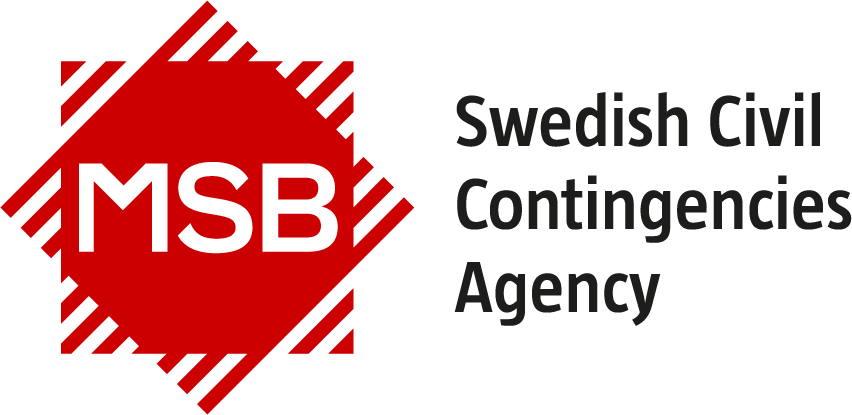Moldova
Civil Protection and Emergency Situations Service of the Ministry of Internal Affairs of the Republic of Moldova
The working body of the government in civil protection is the Civil Protection
and Emergency Situations Service of the Ministry of Internal Affairs.
The basic tasks of Moldovan civil protection are:
- To protect the population and property in the event of emergencies
- To coordinate the activities of ministries, departments, public authorities in the area of civil protection
- To train and prepare the population to be able to cope with disasters
- To carry out disaster response, including search and rescue
To mitigate the consequences of natural and man-made disasters. Civil Protection in the administrative territorial entities (ATE), cities, towns and
villages are carried out by the heads of respective local public administration. The Civil Protection and Emergency Situations Service is represented in the ATEs by Directorates/Sections for Emergency Situations, as well as Civil Protection specialists who carry out assigned tasks and measures in their territories. Civil Protection forces include the search and rescue units of the Civil Protection and Emergency Situations Service, the fire protection and rescue service, and specialized teams from the ministries, state agencies, institutions and enterprises.





